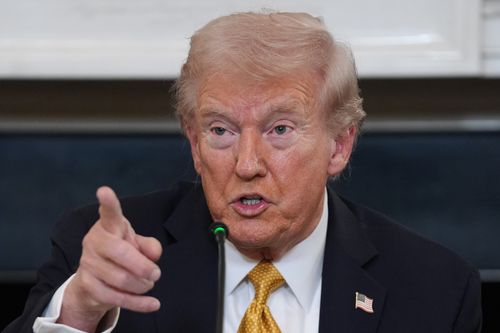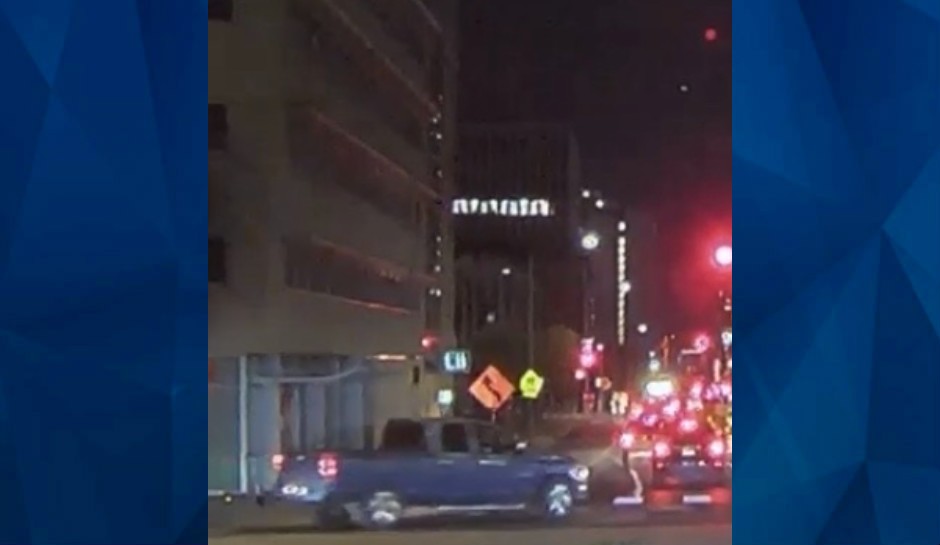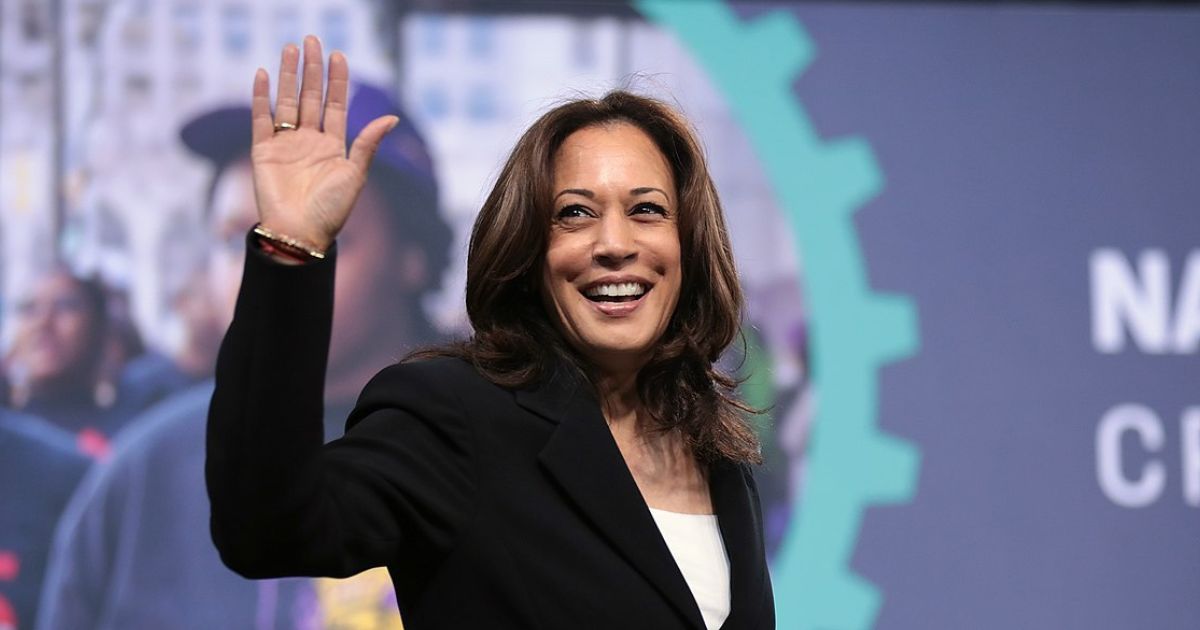Technology
Surrender by the Naxals & killing of top leaders point to the insurgency losing ground
ON October 16, 170 Naxals surrendered in Chhattisgarh and the very next day, 208 more laid down their arms. Around the same time, in Maharashtra, Mallojula Venugopal Rao alias Sonu (70), a member of the CPI (Maoist)’s Politburo, shared a warm handshake with Chief Minister Devendra Fadnavis at a surrender ceremony. Along with him were 60 cadres. “The endgame has begun from Gadchiroli and the Red Corridor, which cuts through Telangana, Chhattisgarh, Maharashtra to Jharkhand, is on the verge of being dismantled,” Fadnavis said. “This is not just a surrender, it’s a decisive blow to the backbone of Naxalism. It’s the beginning of the end of the Maoist movement,” he added.Only nine core Central Committee members of the outlawed CPI (Maoist) are now out of reach of the security forces; several have either been killed in encounters or have surrendered in recent months.Chhattisgarh authorities say most of the once impregnable North Abujhmad region is now relatively free of Left Wing Extremism (LWE), and only South Bastar remains to be freed from Naxal violence.The Maoists’ stranglehold has been weakened considerably, but does that mean the end of insurgency? Is it the endgame for Naxals, what with the Centre having reiterated that by March 31, 2026, LWE will be wiped out from the country?After last week’s mass surrenders, Chhattisgarh Chief Minister Vishnu Deo Sai said, “The region’s true strength lies in its people’s self-reliance, education, and dignity and our governance model, rooted in these values, is now bringing transformation in a region like Dandakaranya.”After the BJP government came to power in December 2023, as many as 477 Naxalites have been neutralised, 1,785 arrested, and 2,110 have surrendered, underscoring the progress toward a Naxal-free Chhattisgarh by March 31 next year, Sai added.However, just a few months back, during a national security conference in July, top security personnel had flagged the problems being faced in penetrating certain Naxal-dominated pockets in the Chhattisgarh-Maharashtra border region. Officials had specifically referred to the Abujhmad region, which is spread across three districts in Chhattisgarh — Narayanpur, Bijapur and Dantewada — and Gadchiroli in Maharashtra, as tough areas to break into Naxal bases.Despite Union Home Minister Amit Shah’s directions to find ways to penetrate the region and tackle the ultras hiding there, security personnel said the inhospitable terrain made it a difficult task.The conference had taken place just weeks after the successful Operation Black Forest in May, in which the CRPF and Chhattisgarh Police had jointly destroyed a major base of Naxals on KG Hills near the Chhattisgarh-Telangana border. As many as 27 ultras were neutralised. It had taken months of recce and preparation before the operation could be launched.Though several key Naxal leaders and cadres have been killed in encounters or have surrendered in the recent past, activists have raised doubts over the veracity of claims about several encounters. They also cast doubts on the figures shared by the Ministry of Home Affairs on the number of Naxals killed in the past two to three years.According to official data, while 50 Naxalites were killed in 2023, in 2024 the number rose sharply to 290. Earlier this year, Supreme Court senior advocate Colin Gonsalves told The Tribune that the government had not shared the names and details of the slain Naxals and their villages while making such claims. “It should also share whether the bodies had been handed over to their families or did the police dispose them of after the encounters?”Dantewada-based activist Soni Sori alleged that in many instances, innocent villagers and even children were killed in such “encounters” and were counted as Naxals.Elimination, division in ranksA key Naxal leader, Nambala Keshav Rao, aka Basavaraju, was shot dead during a gunfight with security forces in Chhattisgarh’s Gariyaband on May 21.On September 22, two key veteran Maoists — Katta Ramachandra Reddy and Kadari Satyanarayana Reddy — were killed in a gunfight with security forces in Abujhmad. On September 12, top Naxal leader Modem Balakrishna was shot dead in Chhattisgarh. Pothula Padmavathi (known as Kalpana), Mynakka, Mainabai and Sujatha, among the seniormost underground leaders of the banned CPI (Maoist), surrendered before the Telangana DGP on September 13.Maoist Sahadev Soren was killed in Jharkhand on September 15. He carried a reward of Rs 1 crore on his head.A senior police official said a handful of Central Committee members of CPI (Maoist) are fast losing their support base in the villages. Even their wooing of youngsters through passionate speeches, folk songs and drama performances in villages situated deep in the Naxal-affected regions is not working anymore, he added.A tussle is also on among the Hindi-speaking and Telugu-speaking Central Committee members, as out of the nine leaders, five are from Telangana, while the rest are from Jharkhand and Chhattisgarh. The four non-Telugu ultras have reportedly refused to accept the leadership of Thippiri Thirupathi (said to be the new general secretary), which, police officials say, has resulted in CPI (Maoist) becoming a divided house. Add to that the depleting number of Central Committee members, which is likely to force the Naxal leadership to ultimately surrender, they add.In fact, it was after the surrender of Sonu before Fadnavis in Gadchiroli that the core Central Committee members got reduced to nine. Incidentally, Sonu had sent feelers to the Chhattisgarh Police last month, showing an inclination to hold peace talks and a possible surrender, though another missive from the Telangana State Committee of the CPI (Maoist) had contradicted his stand, showing a division among the ranks.past, present, futureActivist and journalist Shubhranshu Chaudhury says for now, the endgame seems to be near for the Naxals. “However, as seen in the past, they may regroup, as indications have been received through the surrendered cadres of CPI (Maoist) that they are now planning to shift to urban areas, though there is nothing concrete as such.”He is optimistic that if the Centre keenly implements the key provisions of the Forest Rights Act, especially those under which displaced tribals are to be given documents of alternative land parcels, “it will give some encouragement to ultras who are still following the armed conflict route to surrender”.Chaudhury explains that unlike in West Bengal, where the Naxal movement erupted in the 1960s against the feudal setup prevalent in villages, in undivided Madhya Pradesh — where the ultras had taken refuge in the thick forests after the Naxal movement suffered a setback in the 1970s — there was no such system in place.“The Naxals shifted base to the Bastar region of undivided MP and the neighbouring undivided Andhra Pradesh, Odisha and Maharashtra to hide. They initially thought they could keep a low profile and then move back once the situation improved in West Bengal. However, as that did not happen, they strove for a struggle in Bastar and Abujhmad region, which did not receive much local support from tribals. The tribals have equal rights on their lands in forests and therefore, Naxals could not garner their sympathies. Things gradually changed when people subjugated by police atrocities started joining them, and after the Salwa Judum experiment, the Naxals’ support base rose in Chhattisgarh,” Chaudhury says.Summing up the current scenario, RK Vij, the former DGP of Chhattisgarh, says, “Due to weakening leadership and amid contradictions among the top cadres on whether to surrender or continue with the armed struggle, Sonu’s surrender has come as major setback for Naxals.”















